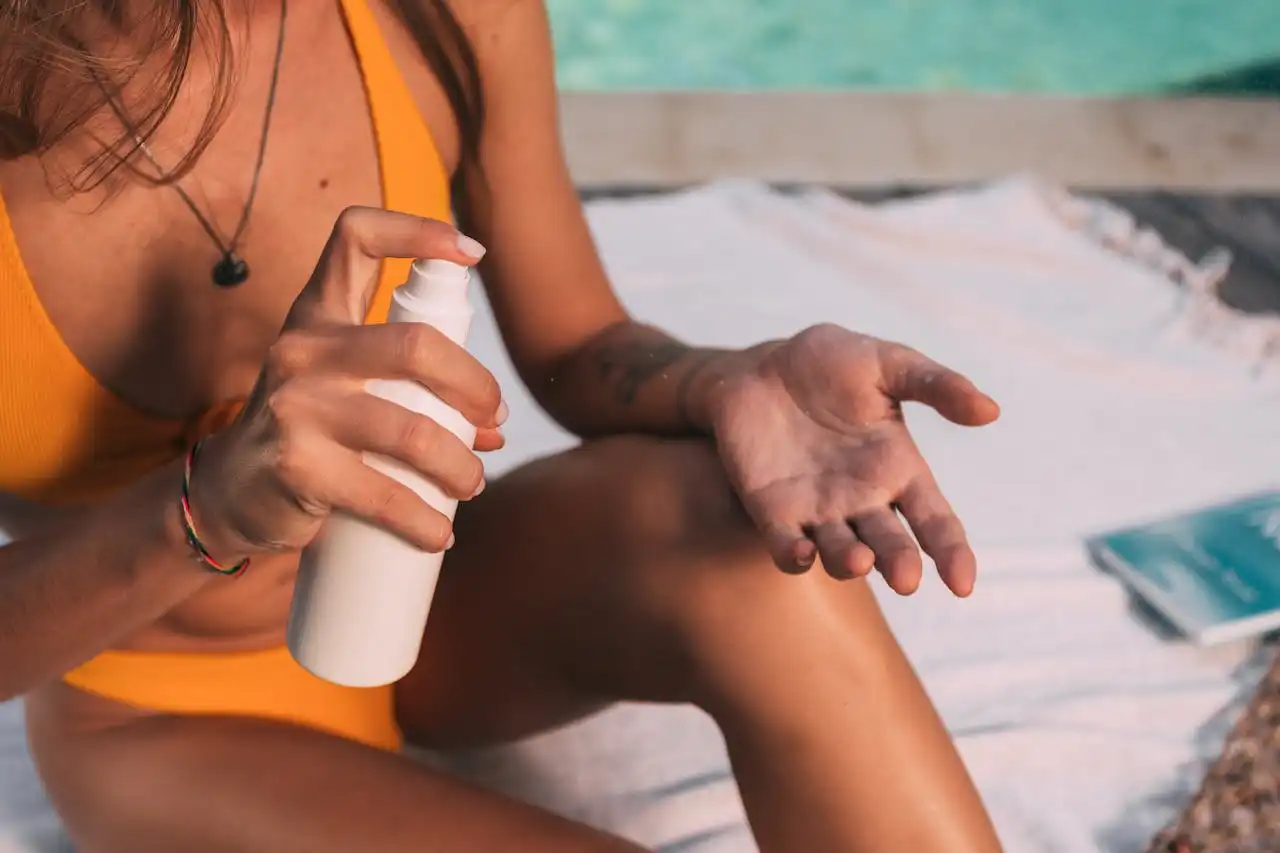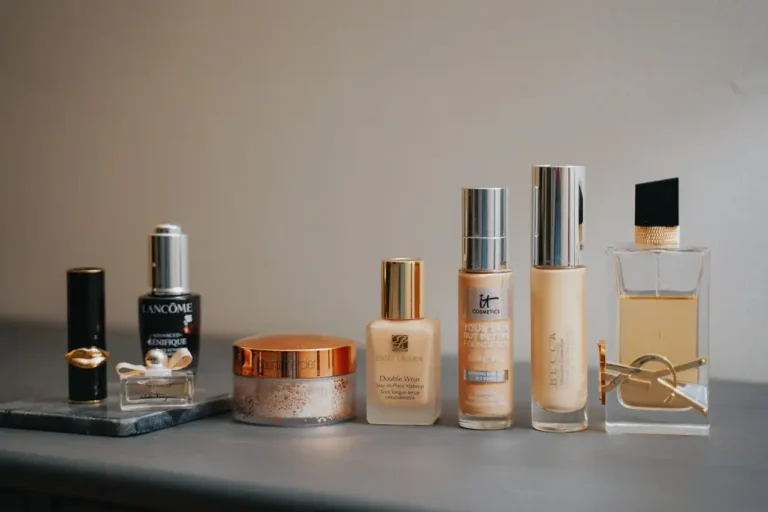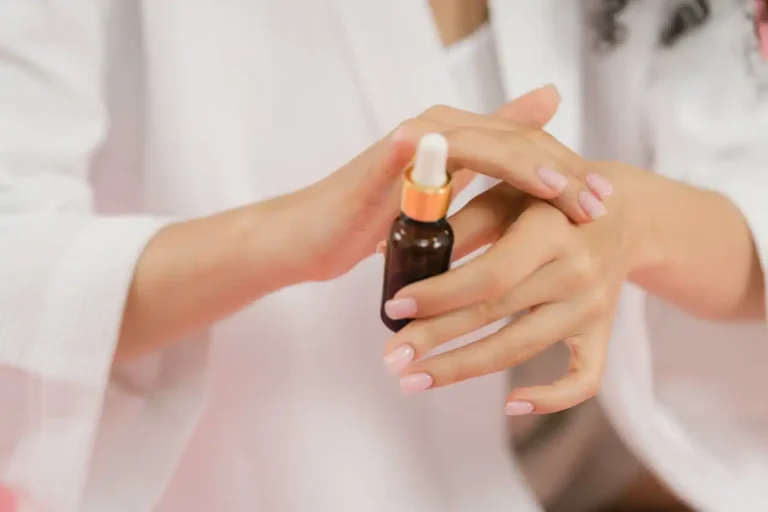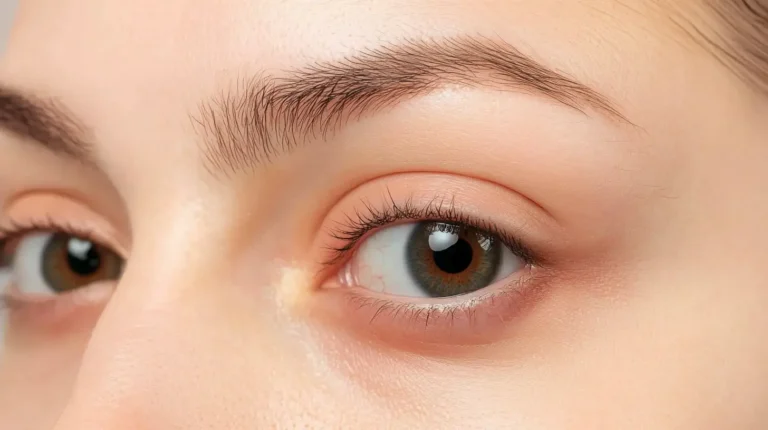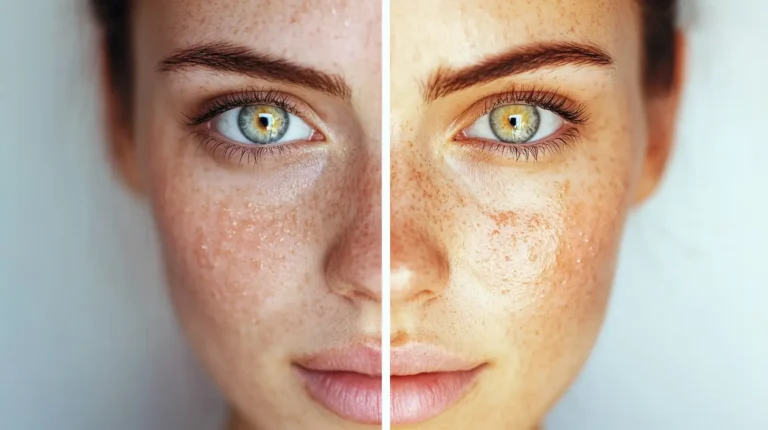Sunscreen 101: What Type You Should Use and When
Choosing the right sunscreen feels overwhelming when you’re staring at endless bottles with different SPF numbers, ingredients, and claims.
You want protection that actually works without breaking your budget or irritating your skin.
The good news? Understanding sunscreen basics will transform you from confused shopper to confident sun protection expert.
Understanding Sunscreen Types: Chemical vs Physical
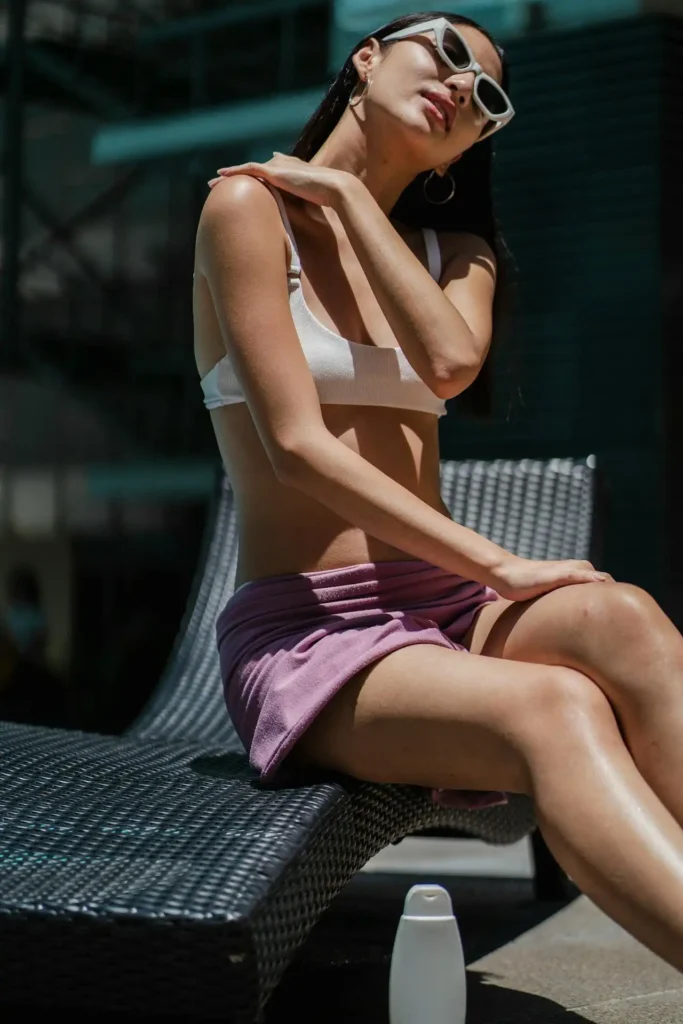
You’ll encounter two main categories when shopping for sunscreen: chemical and physical (also called mineral). Each works differently to protect your skin from harmful UV rays.
Chemical sunscreens contain ingredients like avobenzone, octinoxate, or oxybenzone. These ingredients absorb UV rays and convert them into heat, which your skin then releases.
You’ll find chemical sunscreens spread easily and feel lightweight on your skin. They work well under makeup and don’t leave that telltale white cast.
However, chemical sunscreens take about 20 minutes to become effective after application.
Your skin needs time to absorb the ingredients and create that protective barrier. Some people experience irritation from chemical ingredients, especially those with sensitive skin.
Physical sunscreens use zinc oxide or titanium dioxide as active ingredients. These minerals sit on top of your skin and physically block UV rays like tiny mirrors.
You get immediate protection the moment you apply physical sunscreen – no waiting period required.
The downside? Physical sunscreens often feel thicker and can leave a white residue, especially on darker skin tones.
Recent formulations have improved significantly, but you might still notice some white cast depending on the product.
Decoding SPF Numbers: What They Really Mean
SPF stands for Sun Protection Factor, but the numbers don’t work the way most people think. You might assume SPF 30 provides half the protection of SPF 60, but that’s not accurate.
SPF 15 blocks approximately 93% of UVB rays. SPF 30 blocks about 97%, while SPF 50 blocks roughly 98%.
Notice how the protection increase becomes smaller as numbers get higher? That’s why dermatologists typically recommend SPF 30 as the sweet spot for daily use.
Higher SPF numbers mainly extend the time you can stay in the sun before burning. Don’t get caught up in extremely high SPF numbers like 100+.
If you normally burn after 10 minutes without protection, SPF 30 theoretically allows you to stay out 30 times longer.
However, this calculation assumes perfect application and no sweating, swimming, or toweling off.
These products often provide a false sense of security, leading you to skip reapplication or stay in the sun longer than advisable.
Focus on proper application and regular reapplication instead of chasing the highest number.
Broad-Spectrum Protection: Why UVA and UVB Matter
You need protection from both UVA and UVB rays, not just one type. UVB rays cause sunburn and contribute to skin cancer.
UVA rays penetrate deeper into your skin, causing premature aging, wrinkles, and also increasing cancer risk.
Look for “broad-spectrum” on the label. This designation means the sunscreen protects against both types of harmful rays.
Without broad-spectrum protection, you might avoid burning while still experiencing skin damage from UVA exposure.
Some sunscreens excel at blocking one type of ray but fall short on the other.
European and Asian sunscreen formulations often provide superior UVA protection compared to many American products, thanks to different approved ingredients and regulations.
Application Techniques: Getting the Protection You Pay For
Most people apply far less sunscreen than needed for the SPF rating on the bottle. You need about one ounce (two tablespoons) to cover your entire body adequately.
That’s roughly the amount that fits in a shot glass. For your face alone, use about 1/4 teaspoon of sunscreen.
Don’t forget often-missed spots like your ears, the back of your neck, the tops of your feet, and along your hairline. These areas burn easily because people consistently overlook them.
Apply sunscreen to dry skin for the best adhesion. If you’re using chemical sunscreen, apply it 20 minutes before sun exposure.
Physical sunscreen works immediately, but you still want to apply it before heading outside to ensure even coverage.
Don’t rely on makeup with SPF as your primary protection. Use a dedicated sunscreen underneath your makeup.
While SPF-containing foundations and powders provide some benefit, you probably don’t apply enough to achieve the stated protection level.
Reapplication: The Most Important Step You’re Probably Skipping
Here’s the truth nobody wants to hear: even the best sunscreen loses effectiveness over time.
You must reapply every two hours when spending time outdoors, regardless of the SPF level. Set a phone reminder if you tend to forget reapplication.
Reapply immediately after swimming or sweating heavily, even if your sunscreen claims to be water-resistant.
“Water-resistant” doesn’t mean waterproof – it means the sunscreen maintains its SPF for either 40 or 80 minutes while swimming or sweating.
Carrying a sunscreen stick makes reapplication easier, especially for your face when you’re wearing makeup.
Powder sunscreens also work well for touch-ups, though they shouldn’t replace your primary liquid or cream sunscreen.
Many people remember the initial application but forget to reapply throughout the day, leaving themselves vulnerable to sun damage.
Choosing Sunscreen for Different Activities
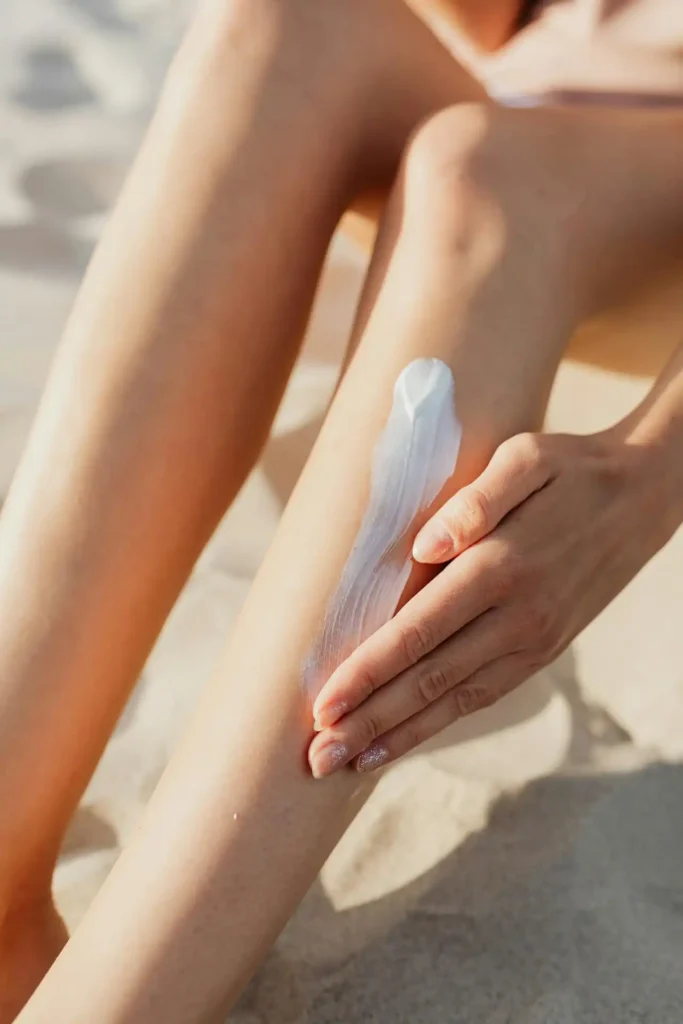
Your sunscreen needs change based on what you’re doing and where you’re going. Beach days require different protection than your daily commute.
For water activities, choose a water-resistant formula rated for 80 minutes. Look for sunscreens specifically designed for sport or swimming.
These formulas resist washing off and won’t sting your eyes as much when you sweat. Lightweight, non-comedogenic formulas work best for everyday wear.
Daily facial sunscreen should feel comfortable under makeup and absorb well into your skin. You’ll wear this every day, so find something you actually enjoy using.
For hiking or outdoor sports, consider sunscreen sticks for easy reapplication and sweat-resistant formulas.
Pack extra sunscreen – you’ll need it for reapplication during long outdoor activities. City dwellers need sunscreen too, even if you’re mostly indoors.
UV rays penetrate windows, and you get exposure walking to and from buildings, during lunch breaks, and while driving. A daily moisturizer with SPF 30 provides adequate protection for minimal exposure days.
Sunscreen and Different Skin Types
Your skin type influences which sunscreen formulations work best for you. Sensitive skin often responds better to physical sunscreens with zinc oxide or titanium dioxide.
Oily skin benefits from gel-based or lightweight liquid sunscreens that won’t clog pores. Look for “non-comedogenic” on the label.
Dry skin needs moisturizing sunscreen formulas with ingredients like hyaluronic acid or ceramides. Cream-based sunscreens typically provide more hydration than gels or sprays.
These ingredients cause fewer reactions than chemical sunscreen ingredients. However, some newer chemical sunscreens are formulated specifically for sensitive skin.
People with darker skin tones face unique challenges with physical sunscreens that leave white casts.
Look for “invisible” or “clear” zinc formulations, or consider tinted sunscreens that blend with your skin tone. Many brands now offer multiple tint options.
Common Sunscreen Mistakes to Avoid
You’re probably making at least one of these common sunscreen errors. Relying solely on spray sunscreen creates coverage gaps.
Using expired sunscreen tops the list – those bottles sitting in your car or beach bag from last summer won’t provide adequate protection.
Storing sunscreen in hot places like your car reduces its effectiveness. Heat breaks down the active ingredients over time. Keep sunscreen in cool, dry places when possible.
Sprays are convenient but hard to apply evenly. If you use spray sunscreen, apply it generously and rub it in to ensure complete coverage.
Skipping sunscreen on cloudy days leaves you vulnerable to UV damage. Clouds block some UV rays but not all of them.
You can still burn on overcast days, especially near water or snow that reflects additional UV radiation.
Special Considerations for Face and Body
Your face needs different sunscreen than your body in most cases. Facial skin is more sensitive and prone to breakouts from heavy formulations.
Face sunscreens are typically lighter, less greasy, and formulated to work under makeup.
Don’t forget your lips – they burn easily and are often overlooked. Use a lip balm with at least SPF 15, and reapply frequently since you wash it off when eating or drinking.
Your scalp needs protection too, especially if you have thin hair or a bald spot.
Use spray sunscreen on your scalp, wear a hat, or choose a stick sunscreen for easy application along your hairline.
The back of your hands show age quickly because they get constant UV exposure. Make hand sunscreen part of your daily routine, especially if you drive frequently or work near windows.
Seasonal Sunscreen Strategies
Summer requires your most robust sun protection strategy. Beach and pool days call for water-resistant formulas and extra vigilance.
Higher UV levels, longer days, and more outdoor time mean you need higher SPF and more frequent reapplication.
Winter sun protection is still important, especially if you live in snowy areas. Snow reflects up to 80% of UV rays, creating intense exposure conditions.
Mountain activities require extra protection due to thinner atmosphere at higher elevations.
Spring and fall present unique challenges because UV levels remain high while temperatures drop.
You might not feel like you’re getting sun exposure, but UV damage continues. Don’t skip sunscreen just because it’s not hot outside.
Adjust your sunscreen routine based on the season, but maintain year-round protection. UV rays cause damage every day, not just during summer vacation.
Reading Labels Like a Pro
Understanding sunscreen labels helps you make better choices. “Water-resistant” must specify either 40 or 80 minutes of protection while swimming or sweating.
“Waterproof” claims are no longer allowed because no sunscreen is truly waterproof. “Hypoallergenic” suggests fewer allergic reactions, but this term isn’t strictly regulated.
“Non-comedogenic” means the formula shouldn’t clog pores, making it better for acne-prone skin.
Check the active ingredients list. For sensitive skin, avoid oxybenzone and octinoxate. For reef-safe options, skip oxybenzone and octinoxate, which some areas ban due to coral reef concerns.
Expiration dates matter more than you might think. Sunscreen typically lasts three years unopened, but heat and light exposure can reduce effectiveness over time.
Budget-Friendly Sun Protection
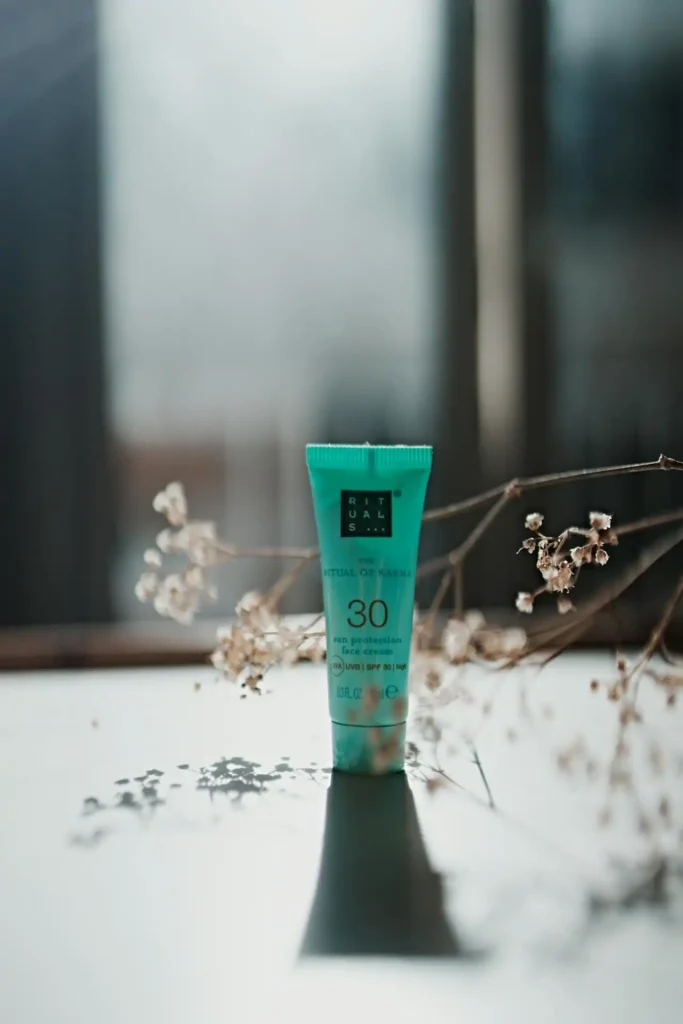
You don’t need expensive sunscreen for effective protection. Many drugstore brands perform just as well as luxury options in testing.
Focus on broad-spectrum protection with at least SPF 30 rather than premium packaging.
Buy sunscreen in larger sizes when it’s on sale. You’ll use more than you think – a family of four can go through a bottle during a single beach day with proper application and reapplication.
Generic or store-brand sunscreens often contain the same active ingredients as name brands at lower prices. Check the ingredient list to compare formulations.
Consider combination products like moisturizer with SPF for daily use, but remember these shouldn’t replace dedicated sunscreen for extended outdoor time.
Making Sunscreen a Habit
The best sunscreen is the one you’ll actually use consistently. Find formulations you enjoy applying, and make sun protection part of your daily routine like brushing your teeth.
Keep sunscreen in multiple locations – your car, office, gym bag, and purse – so you’re never without protection.
Having sunscreen readily available makes reapplication much more likely. Start with face sunscreen as a daily habit, then expand to full-body protection as needed.
Daily facial sunscreen provides the most significant anti-aging and health benefits for the effort invested. Remember that sunscreen is just one part of comprehensive sun protection.
Seek shade during peak UV hours (10 AM to 4 PM), wear protective clothing, and use wide-brimmed hats when possible.
Conclusion
Choose broad-spectrum SPF 30 or higher, apply generously, and reapply every two hours.
Find formulations you’ll actually use consistently, and remember that the best sunscreen is the one you wear every day without fail.

